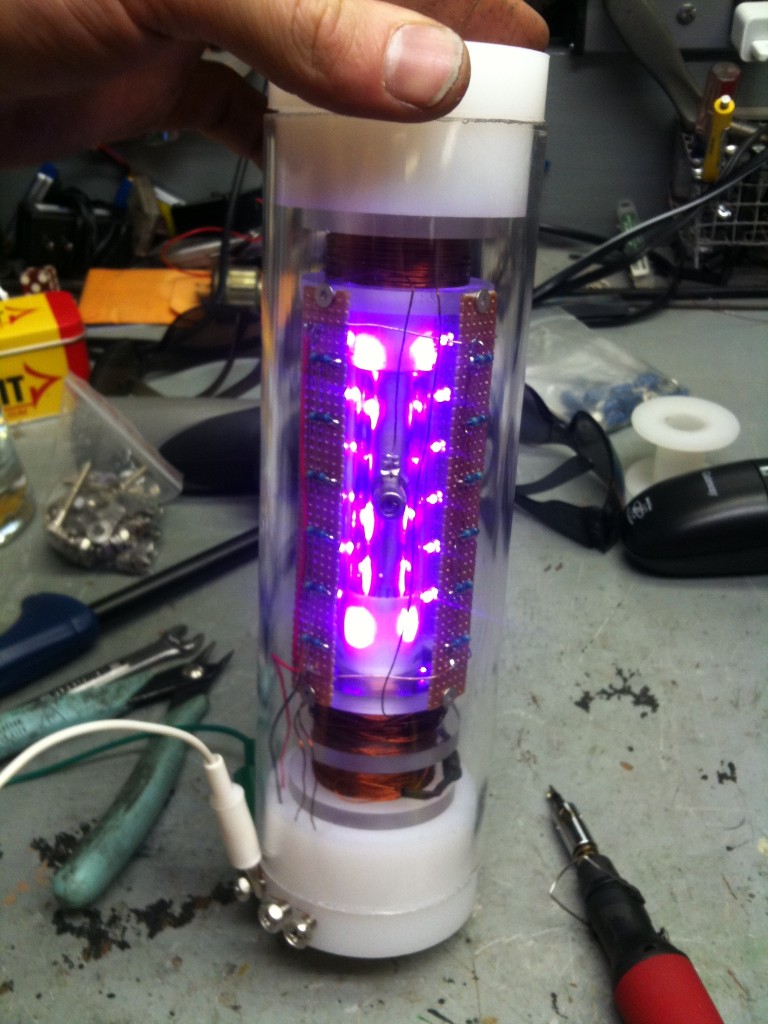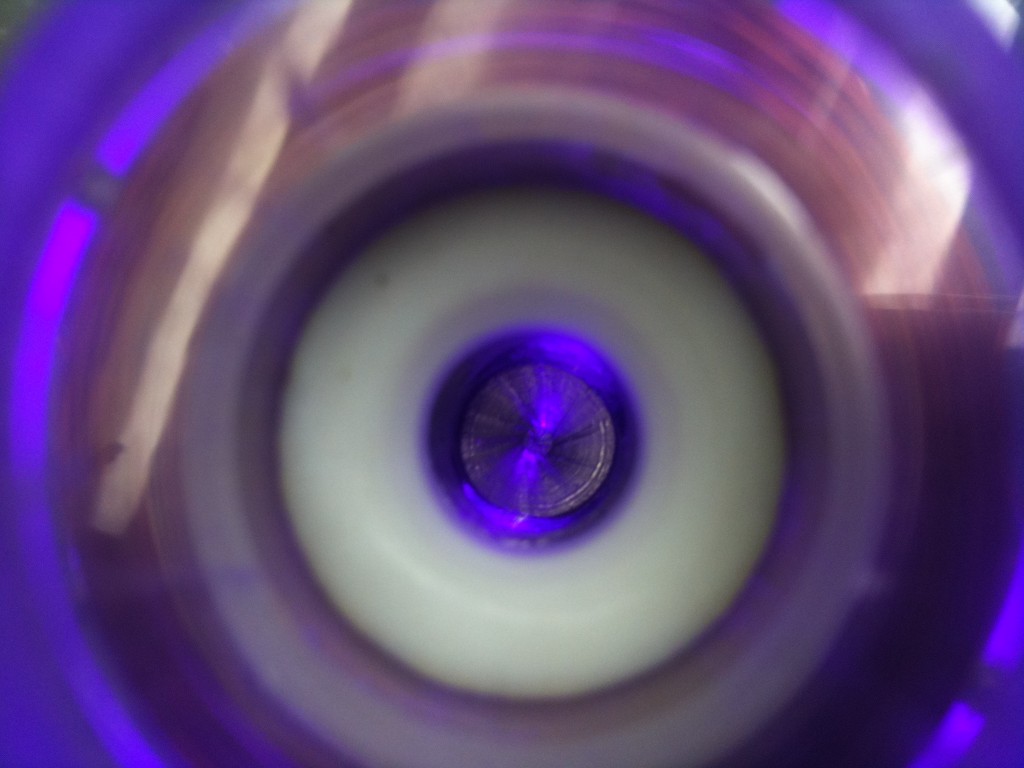This is my current project, Reinventing Stanley Meyers EPG System.
This is a HUGE project and i will need all the help i can get! please come over to the forums and post your thoughts!
Above is a photo of one of Stanly's EPG system. See more Photos here.
The EPG system or Electrical Particle Generator is basically a particle accelerator. The EPG system is something that Stan was working on along with the Water Fuel Cell technology. It is suppose to be able to amplify the incoming signal/power to a much grater amperage / voltage. It seems that not many people know that Stan was even working on this system. I have been doing extensive research and development on this system.
The videos of my progress can be seen by clicking the links below. I have split this topic into two categories:
Lecture/open discussion of my work on the EPG system
My EPG Building Progress
Here you can see the Primary coil, this is an array of coils that will be pulsed in a sequence using the Pulse Fire box.
This is my second gas Processor. The Famous “Hydrogen Gas Gun”. Please see the details of the HGG HERE
This gas Processor has 403nm led's on it right now but i will be adding deferent wave length led's to help the process.


Here is the video of the high quality EPG photos:
https://www.youtube.com/watch?v=JOarpi6sDD4
Please come join the fun over at the forums here:
You can also see this device described in Patrick J. Kelly's
Practical Guide to Free-Energy Devices
see page 89 in the link below
http://www.free-energy-info.co.uk/Chapter3.pdf
Thanks,
~Russ Gries
Below are some old photos and work on my first Plastic EPG and Gas processor:





This is a HUGE project and i will need all the help i can get! please come over to the forums and post your thoughts!
Above is a photo of one of Stanly's EPG system. See more Photos here.
The EPG system or Electrical Particle Generator is basically a particle accelerator. The EPG system is something that Stan was working on along with the Water Fuel Cell technology. It is suppose to be able to amplify the incoming signal/power to a much grater amperage / voltage. It seems that not many people know that Stan was even working on this system. I have been doing extensive research and development on this system.
The videos of my progress can be seen by clicking the links below. I have split this topic into two categories:
Lecture/open discussion of my work on the EPG system
My EPG Building Progress
This is my Copper EPG i will be using for testing. The wire will be installed next, at a bare minim there will be close to 2 miles of AWG22 magnet wire on this EPG. You can see my first attempt at the EPG using plastic at the end of this page.
Here you can see the Primary coil, this is an array of coils that will be pulsed in a sequence using the Pulse Fire box.
This is my second gas Processor. The Famous “Hydrogen Gas Gun”. Please see the details of the HGG HERE
This gas Processor has 403nm led's on it right now but i will be adding deferent wave length led's to help the process.

This is looking down in to the processor.

Here is the video of the high quality EPG photos:
https://www.youtube.com/watch?v=JOarpi6sDD4
Please come join the fun over at the forums here:
You can also see this device described in Patrick J. Kelly's
Practical Guide to Free-Energy Devices
see page 89 in the link below
http://www.free-energy-info.co.uk/Chapter3.pdf
Thanks,
~Russ Gries
Below are some old photos and work on my first Plastic EPG and Gas processor:

My plastic EPG.

The primary.

My first gas processor.

My first Gas Processor in action.





